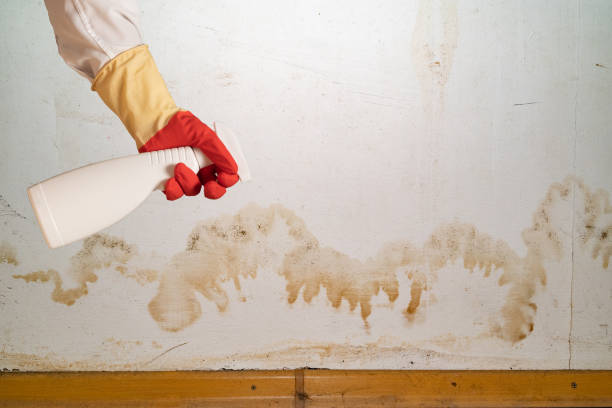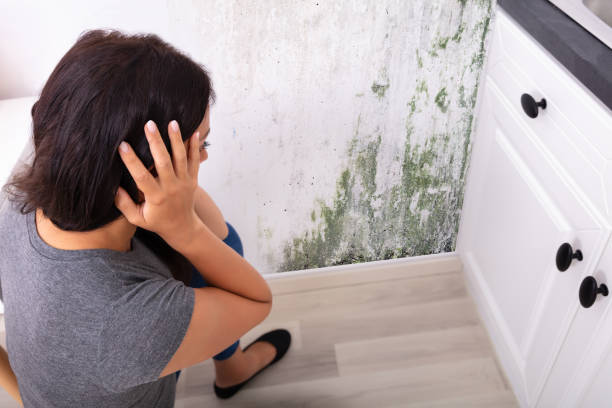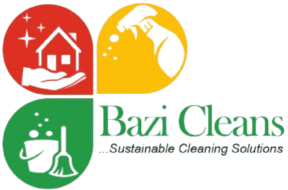Mildew is a persistent and unwelcome guest in many homes, buildings, and outdoor spaces. Often appearing as white, gray, or yellowish patches, mildew is a type of fungus that thrives in damp, warm, and poorly ventilated environments. Not only does it pose a threat to the integrity of various materials, but it can also cause unpleasant odors and potential health risks. Understanding the causes of mildew and implementing effective remedies is key to maintaining a cleaner and healthier living space.

What is Mildew?
Mildew is a type of fungus closely related to mold, but with some distinct differences. It typically appears on organic surfaces, such as wood, fabric, paper, leather, and food. Unlike mold, which can penetrate surfaces and cause deeper structural damage, mildew primarily remains on the surface, making it easier to clean. However, its rapid growth and musty odor make it a nuisance that should not be ignored.
Causes of Mildew Growth
Mildew growth is triggered by a combination of factors. Addressing these root causes can help prevent its recurrence.
1. High Humidity Levels
Mildew thrives in moist environments, particularly where humidity levels exceed 50%. Areas such as bathrooms, kitchens, basements, and laundry rooms are particularly susceptible.
2. Poor Ventilation
Lack of airflow can cause moisture to accumulate, creating ideal conditions for mildew growth. Spaces with limited air circulation, such as closets, attics, and poorly ventilated rooms, often harbor mildew.
3. Water Leaks and Condensation
Leaky pipes, roofs, or walls introduce excess moisture, providing mildew with a continuous water source. Condensation from air conditioners, refrigerators, or windows can also encourage mildew formation.
4. Dark and Shaded Areas
Sunlight naturally helps inhibit mildew growth. Dark, shaded areas, particularly in damp environments, allow mildew to thrive unchecked.
5. Organic Material as a Food Source
Mildew feeds on organic materials such as fabric, paper, wood, and certain types of paint. Any surface that retains moisture and contains organic matter is at risk.
6. Warm Temperatures
Mildew prefers warm environments, typically between 77-86°F (25-30°C). When combined with high humidity, warmth accelerates mildew growth.
Health Risks of Mildew Exposure
While mildew is less dangerous than some types of mold, prolonged exposure can still cause health problems. Common health risks include:
- Respiratory Issues: Inhaling mildew spores can trigger allergies, asthma, and other respiratory conditions.
- Skin Irritation: Direct contact with mildew can cause rashes and skin irritation in sensitive individuals.
- Eye and Throat Irritation: Spores can irritate the eyes, throat, and sinuses, leading to discomfort and congestion.
- Headaches and Fatigue: Some individuals report headaches and fatigue due to prolonged mildew exposure.

Effective Remedies to Remove and Prevent Mildew
Fortunately, mildew can be effectively removed and prevented with proper cleaning methods and preventive measures. Below are proven remedies:
1. Ventilation and Dehumidification
- Improve Airflow: Open windows, use exhaust fans, and keep doors open to promote air circulation.
- Use Dehumidifiers: Maintain indoor humidity levels between 30-50% to inhibit mildew growth.
- Install Air Purifiers: HEPA filters can help reduce airborne spores and allergens.
2. Fix Leaks and Reduce Moisture
- Repair Plumbing Leaks: Fix leaky faucets, pipes, and roofs promptly.
- Use Moisture Absorbers: Silica gel, baking soda, or commercial desiccants can help absorb excess moisture.
- Insulate Cold Surfaces: Prevent condensation buildup by insulating windows, pipes, and walls.
3. Regular Cleaning and Disinfection
- Vinegar Solution: White vinegar is an effective natural disinfectant. Spray undiluted vine gar on mildew and let it sit before scrubbing.
- Baking Soda Paste: Mix baking soda with water to create a paste and apply it to mildew-prone surfaces.
- Hydrogen Peroxide: A 3% hydrogen peroxide solution can kill mildew and disinfect surfaces.
- Bleach Solution: For tough mildew, mix one part bleach with three parts water and scrub the affected area. (Note: Avoid mixing bleach with ammonia-based cleaners.)
- Commercial Mildew Cleaners: Use antifungal and antimicrobial cleaning products designed to eliminate mildew.
4. Sunlight and Heat Treatment
- Expose Items to Sunlight: Sunlight kills mildew spores. Place affected fabrics, furniture, or items outdoors to dry in direct sunlight.
- Use Heat: Washing fabric in hot water or using a steam cleaner can effectively kill mildew.
5. Painting and Protective Coatings
- Use Mildew-Resistant Paint: When repainting walls, use paint that contains antimicrobial additives.
- Seal Wood Surfaces: Apply sealants or waterproof coatings to wood to prevent moisture absorption.
6. Proper Storage Techniques
- Store Items in Dry Places: Avoid storing clothes, books, or papers in damp basements or attics.
- Use Airtight Containers: Store documents, clothes, and fabrics in sealed containers to prevent exposure to moisture.
- Keep Closets and Cabinets Ventilated: Use silica packets or small dehumidifiers inside storage spaces.
7. Outdoor Mildew Prevention
- Trim Vegetation: Keep trees and shrubs trimmed to allow sunlight and air circulation around the house.
- Clean Gutters and Drains: Regularly clear gutters to prevent water buildup.
- Use Pressure Washers: Remove mildew from siding, patios, and decks with a pressure washer and appropriate cleaning solution.
Long-Term Prevention Strategies
To prevent mildew from recurring, incorporate these long-term strategies:
- Conduct Routine Inspections: Check for leaks, damp areas, and mildew-prone spots regularly.
- Maintain HVAC Systems: Clean air ducts and replace filters to prevent moisture buildup.
- Use Mold-Resistant Materials: When renovating, opt for mold-resistant drywall, insulation, and flooring materials.
- Educate Household Members: Teach family members about proper ventilation, cleaning, and moisture control.
Conclusion
Mildew is a common but manageable problem that thrives in warm, damp, and poorly ventilated areas. Understanding the causes of mildew growth and implementing targeted remedies can help eliminate and prevent this unwanted fungus. Regular cleaning, moisture control, proper ventilation, and preventive maintenance are key strategies to keeping your home and belongings mildew-free. By taking proactive measures, you can create a cleaner, healthier, and more comfortable living environment free from the persistent threat of mildew.
